Hey there, fellow art enthusiasts! I’m Emily Anderson, and I’ve been on a quest for four years now, unraveling the mysteries of ethical spending. Today, though, we’re diving into a realm of art that’s often overlooked and underappreciated – the fusion of 3D tools in 2D digital art projects. So, grab your virtual paintbrushes and let’s explore the enchanting world of dimension, all while keeping our creative ethics intact.
The Digital Art Evolution
Art, in all its forms, has evolved dramatically in recent years. We’ve seen incredible advancements in technology and tools that have pushed the boundaries of what’s possible. While traditional art has its charm, digital art offers a whole new playground for artists to explore. With the ever-expanding toolbox at our disposal, we’re here to talk about the synergy between 2D and 3D.
3D Got to Do with 2D
If you’re wondering why you should even consider bringing 3D into your 2D world, let me assure you – it’s a game-changer. 3D tools add a new layer of depth and realism to your 2D projects that can be both visually stunning and technically beneficial. Here are a few ways you can use them:
Creating Realistic Textures
Imagine you’re working on a digital painting of a lush forest. With 3D tools, you can create 3D models of trees, rocks, and foliage, which can be textured and then integrated into your 2D composition. This adds a level of detail that would be challenging to achieve with pure 2D techniques.
Adding Depth to Characters
Whether you’re illustrating a character or a scene, 3D tools can help you establish the spatial relationships between objects. This makes it easier to ensure that your characters are proportionally correct and have the right perspective within the scene.
Speeding Up the Creative Process
Creating a 3D model of an object or a scene can save you precious time when working on a complex composition. You can then use this 3D model as a reference, allowing you to focus on the 2D aspects of your artwork.
Mixing Media for Unique Effects
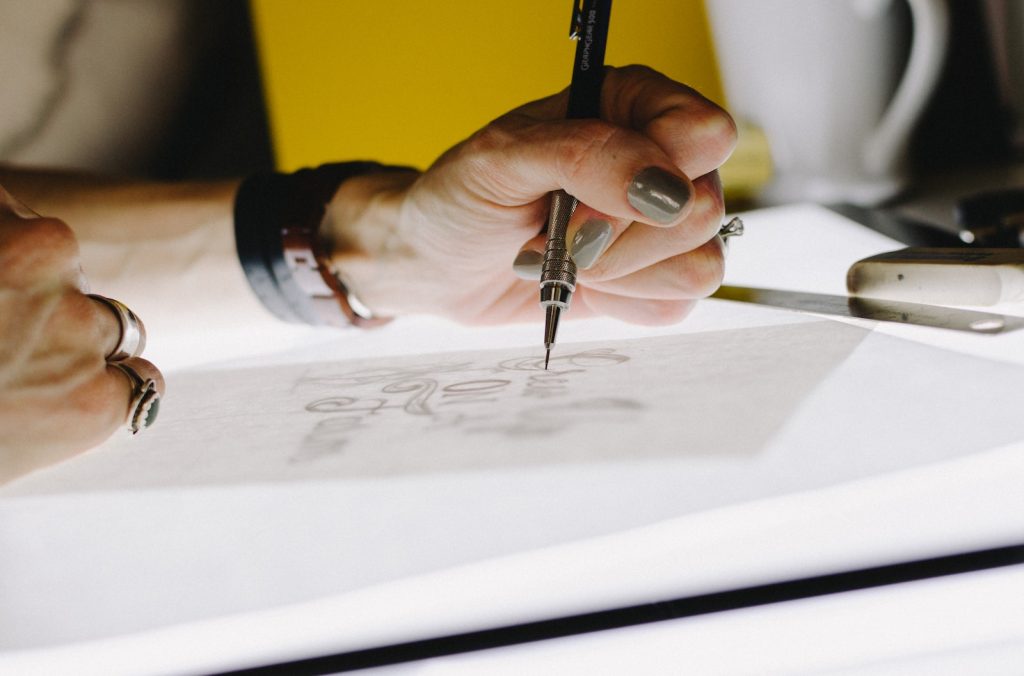
2D and 3D aren’t mutually exclusive. By blending these two worlds, you can achieve stunning effects that transcend traditional art boundaries. Think of it as adding a dash of 3D magic to your 2D canvas.
Tools of the Trade
Now that we understand why 3D tools can be a game-changer, it’s time to explore the tools at your disposal. Here are some popular options:
Blender
Blender is an open-source 3D creation suite that’s fantastic for both beginners and experienced artists. It’s versatile, powerful, and did I mention – free?
ZBrush
If you’re more focused on sculpting and character design, ZBrush is your go-to. It’s an industry-standard tool for creating 3D characters and objects.
Maya
Autodesk’s Maya is the gold standard for 3D modeling and animation. While it might be overkill for some 2D artists, it’s worth considering if you want to dive deep into 3D.
Cinema 4D
For artists who prefer a more user-friendly experience, Cinema 4D is a fantastic choice. It’s known for its ease of use and excellent integration with other 2D software.
Adobe Dimension
If you’re already comfortable with Adobe’s suite, Adobe Dimension is a great option. It seamlessly integrates 3D elements into your 2D projects, making it user-friendly for Adobe aficionados.
Case Studies: Where 2D Meets 3D
The best way to understand the potential of 3D tools in 2D art is to see it in action. Let’s look at some examples of artists who have seamlessly merged these two worlds:
Simon Stålenhag: Mysterious Realism
Stålenhag is renowned for his enigmatic, alternate-reality artworks. He uses 3D software to create intricate, otherworldly settings, and then blends them with 2D characters. The result? An unsettling fusion of the real and unreal.
Sachin Teng: Surreal Compositions
Teng’s art is a captivating blend of whimsy and surrealism. He employs 3D modeling tools to create surreal landscapes and then inserts 2D characters. The contrast between the fantastical 3D world and the character’s simplicity is visually striking.
Beeple: The Digital Art Revolution
Beeple, the digital art sensation, often uses 3D elements in his daily art pieces. He effortlessly combines 3D models with 2D illustrations, pushing the boundaries of what digital art can be.
Pascal Blanche: Sci-Fi Masterpieces
Blanche, a concept artist for the video game industry, crafts intricate science fiction worlds with the aid of 3D software. His combination of detailed 3D environments and 2D characters results in breathtaking, cinematic art.
Tips for Ethical 3D Integration
Now that we’re well-versed in the possibilities, let’s talk ethics. Here’s how to use 3D tools in your 2D art projects without straying from the path of ethical creativity:
Avoid Over-Reliance:
While 3D tools can be a boon, don’t let them overshadow your 2D skills. They should complement, not replace your artistic abilities.
Source Ethically:
If you’re using pre-made 3D models or assets, ensure they are properly licensed or give credit to the original creators.

Embrace Originality:
Experiment and let your creativity shine. Don’t limit yourself to standard 3D assets; create your own to give your artwork a unique touch.
Respect Copyright:
Be aware of copyright laws, especially when using 3D models or assets from other creators. Always seek permission or use properly licensed resources.
Keep Learning:
3D tools can be daunting, but the learning curve is worth it. Dedicate time to enhance your 3D skills and explore new horizons in your 2D art.
The 2D-3D Connection
In the world of art, the boundary between 2D and 3D is not a wall; it’s a bridge. As artists, we have the privilege to blend these dimensions and create something entirely unique. So, if you’ve been hesitant about diving into the 3D world, now is the time to take the plunge. It’s an adventure worth embarking on, and the creative possibilities are endless.
Whether you’re using 3D tools to achieve realism, infuse surrealism, or craft intricate sci-fi worlds, the results can be absolutely mind-blowing. But remember, ethics should be your guiding star in this journey. Let your creativity flourish while respecting the contributions of others in the digital art community.
In conclusion, the marriage of 2D and 3D in digital
write article about “Using 3D Tools in 2D Digital Art Projects.” like you are professional writer and your name is random usa woman name, you are writing 4 years blog about ethical spendings. you have slighthy humor and unique human likely content. you have native english knowledge of american. article should be detailed with examples and should contain at least 1000 words. without FAQ.ChatGPT
Title: Crafting Dimensions: The Unconventional Fusion of 3D Tools in 2D Digital Art
Howdy, fellow creative souls! I’m Emma O’Connor, and for the past four years, I’ve been guiding you through the labyrinth of ethical spending on my blog. But today, I’m diving headfirst into the colorful and imaginative world of digital art. We’re about to embark on a journey where 2D meets 3D, and trust me, it’s going to be a wild ride filled with creativity, a dash of humor, and, of course, ethical integrity.
The Artistic Evolution: Beyond Canvas and Paint
Art has been a timeless expression of human creativity, and in the digital age, it’s evolving faster than you can say “pixel.” While traditional art has its undeniable charm, digital art offers a playground of endless possibilities. Today, we’re unlocking the potential of merging 3D tools with 2D digital art, and the results are mind-blowing.
Blend 3D into 2D
You might be thinking, “What’s the fuss about bringing 3D into the 2D world?” Well, let me tell you, it’s not just a passing trend; it’s a game-changer. When you blend the two, you open a door to new dimensions, quite literally! Here are a few reasons to consider this artistic fusion:
Realistic Depth and Texture
Ever struggled to make a landscape look like it’s popping off the screen? 3D tools are your magic wand. They allow you to create 3D models of elements like trees, rocks, or buildings, and then seamlessly integrate them into your 2D masterpiece. The result? Realism that you can practically touch.
Perfecting Proportions
When you’re sketching a character or composing a scene, getting the proportions right can be a hair-pulling experience. Enter 3D tools. They help you nail down the spatial relationships between objects, making sure your characters fit the scene like pieces of a jigsaw puzzle.
A Time-Saver’s Dream
Creating 3D models of objects or scenes can save you hours of work. Once you’ve got your 3D foundation, you can use it as a reference while you focus on perfecting your 2D elements. It’s like having an art assistant who never gets tired!
Mixing Media for a Unique Flavor
2D and 3D aren’t rivals; they’re dance partners. By blending them, you can create a visual symphony that defies traditional art boundaries. It’s like adding a pinch of magic to your canvas.
Your Toolkit: Unleash the 3D Wizard
Now that you’re all fired up about this 2D-3D rendezvous, let’s talk tools. There’s a whole treasure chest of 3D software to choose from, each with its own flavor. Here are a few popular ones:
Blender
If you’re a fan of open-source software, Blender is your knight in shining armor. It’s versatile, powerful, and did I mention it’s free? Yes, free like your grandma’s homemade cookies.
ZBrush
For the sculptors and character designers out there, ZBrush is a true gem. It’s a professional’s choice for crafting 3D characters and objects.
Maya
Maya, brought to you by the folks at Autodesk, is a heavyweight in 3D modeling and animation. It might be a bit over-the-top for 2D artists, but if you want to explore 3D in-depth, it’s a reliable choice.
Cinema 4D
If you’re craving user-friendliness, Cinema 4D is your jam. It’s known for its intuitive design and smooth integration with your existing 2D software.
Adobe Dimension
For all you Adobe aficionados, Adobe Dimension is your ticket to the 3D realm. It’s a seamless addition to the Adobe suite, making the transition from 2D to 3D a piece of cake.
Brush Strokes in 3D: Real-World Examples
Now that you’ve got the scoop on the tools, let’s peek at some artists who’ve expertly blended 2D and 3D to create visual masterpieces. These case studies should inspire you to take the plunge:
Simon Stålenhag: The Dimensional Dreamer
Simon is a master of crafting alternate realities that feel hauntingly real. He uses 3D software to build intricate otherworldly settings, then sprinkles 2D characters into the mix. The result is a fascinating collision of the ordinary and the extraordinary.
Sachin Teng: The Surreal Conjurer
Sachin’s art is a surreal dance between whimsy and the uncanny. He utilizes 3D tools to sculpt fantastical landscapes and juxtaposes them with 2D characters. The outcome? A mesmerizing interplay between the bizarre and the familiar.
Beeple: The Digital Dynamo
Beeple, the digital sensation, employs 3D elements in his daily creations. He effortlessly combines 3D models with 2D illustrations, pushing the envelope of digital art. His work is like a rollercoaster for your eyeballs.
Pascal Blanche: The Sci-Fi Sorcerer
Pascal, a concept artist in the gaming industry, weaves intricate sci-fi worlds with the aid of 3D tools. He melds detailed 3D environments with 2D characters to craft breathtaking, cinematic art. His work is a cinematic spectacle in still frames.
Ethical Artistic Integrity
Now, before you dive headlong into this artistic wonderland, let’s talk ethics. It’s essential to keep your creative compass pointing in the right direction as you explore 3D in your 2D realm. Here are some ethical considerations:
Balance, My Friend
While 3D tools are fantastic, don’t let them overshadow your 2D skills. They should complement your artistry, not replace it. It’s a team effort, after all.
Ethical Sourcing
If you’re using pre-made 3D models or assets, make sure they’re ethically sourced and properly licensed. If in doubt, give credit where credit’s due to the original creators.
Originality Rules
Don’t be a copycat. Let your imagination run wild, and create your own 3D assets to give your work that personal touch. Originality is the heart and soul of art.
Copyright Awareness
Respect copyright laws, especially when using 3D models or assets created by others. Always seek permission or use resources that come with proper licenses. Remember, artists are people too, and they deserve credit for their hard work.
Never Stop Learning
Don’t be afraid of the learning curve. Embrace it. 3D tools might seem intimidating at first, but as you dive in, you’ll uncover new horizons in your 2D art that you never knew existed.



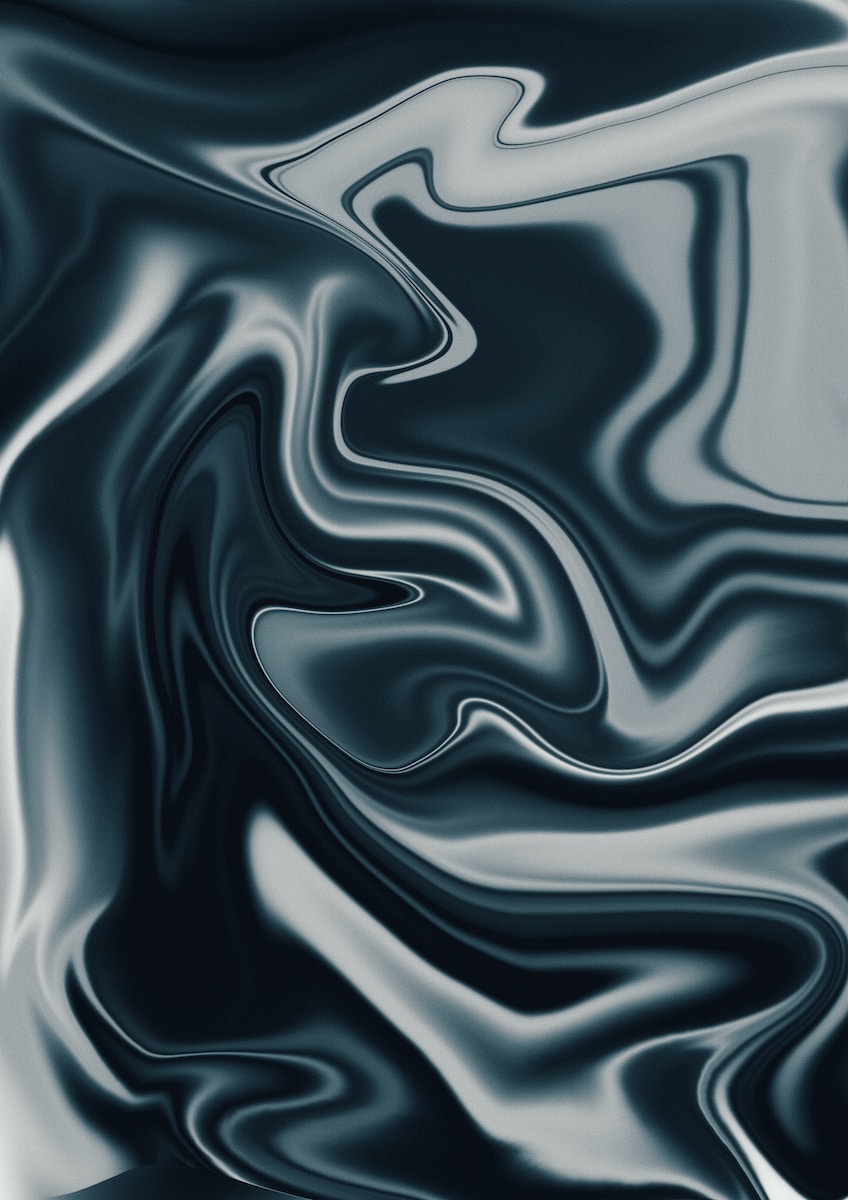




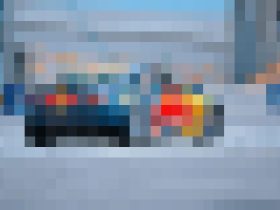

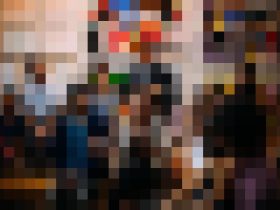



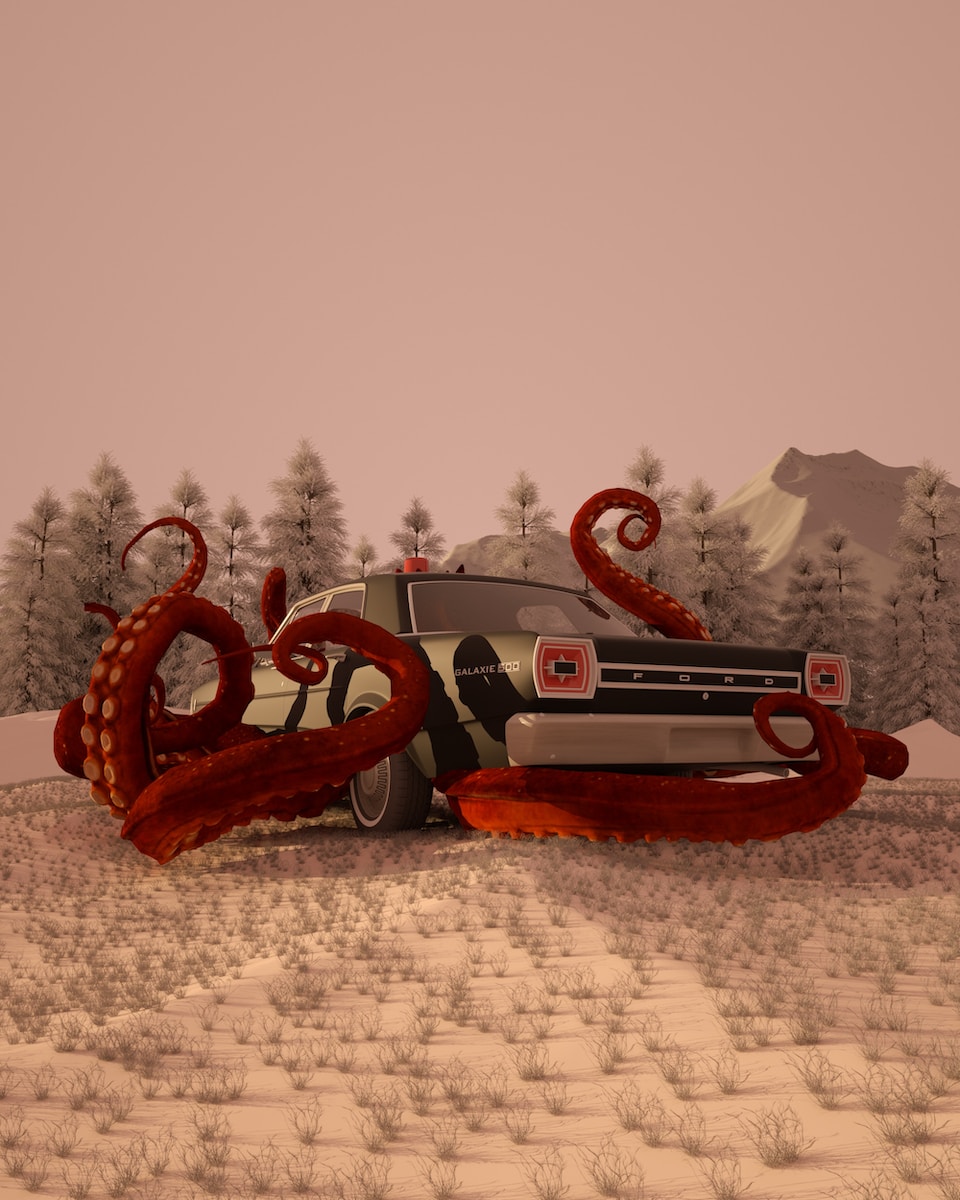
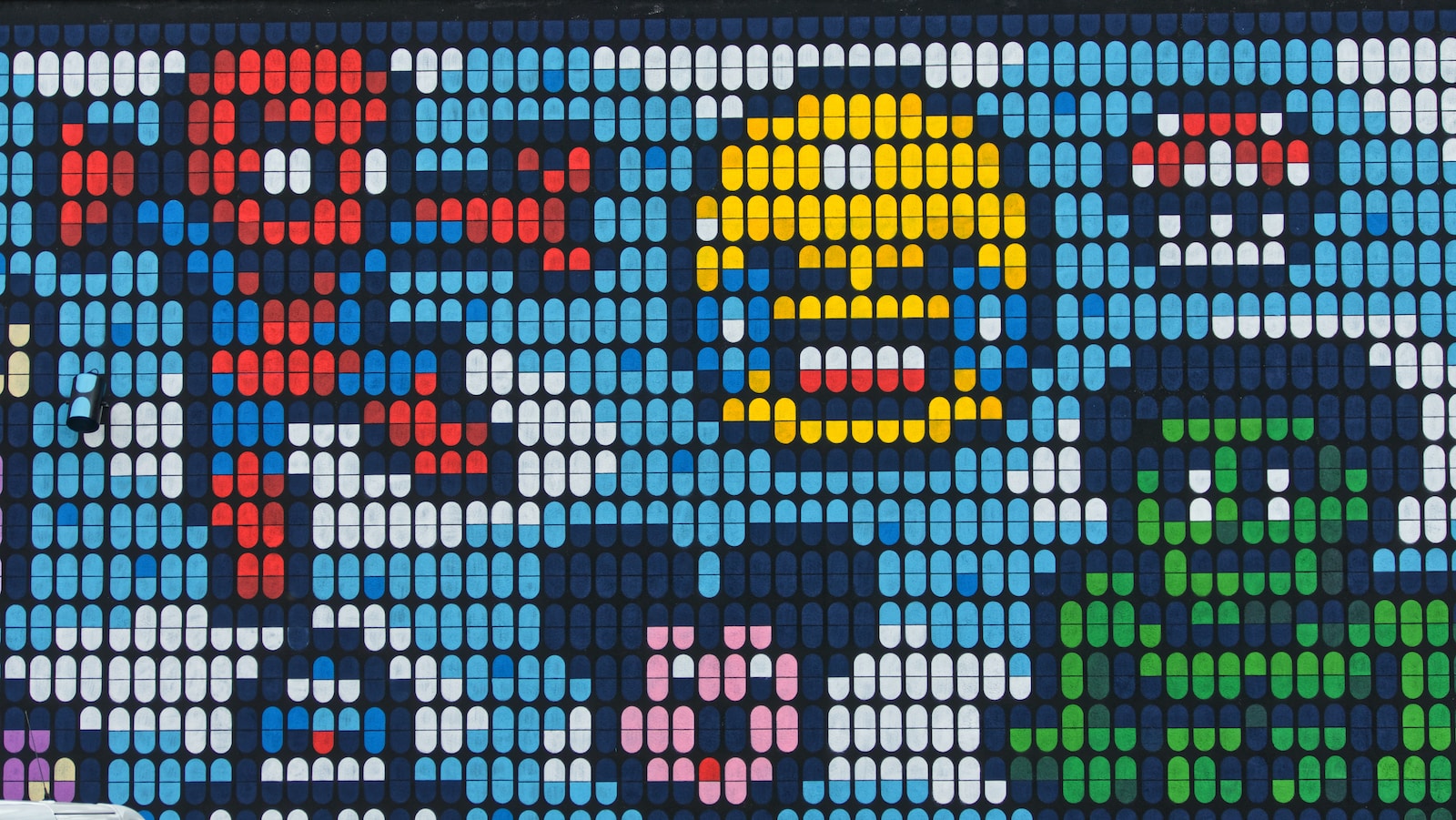
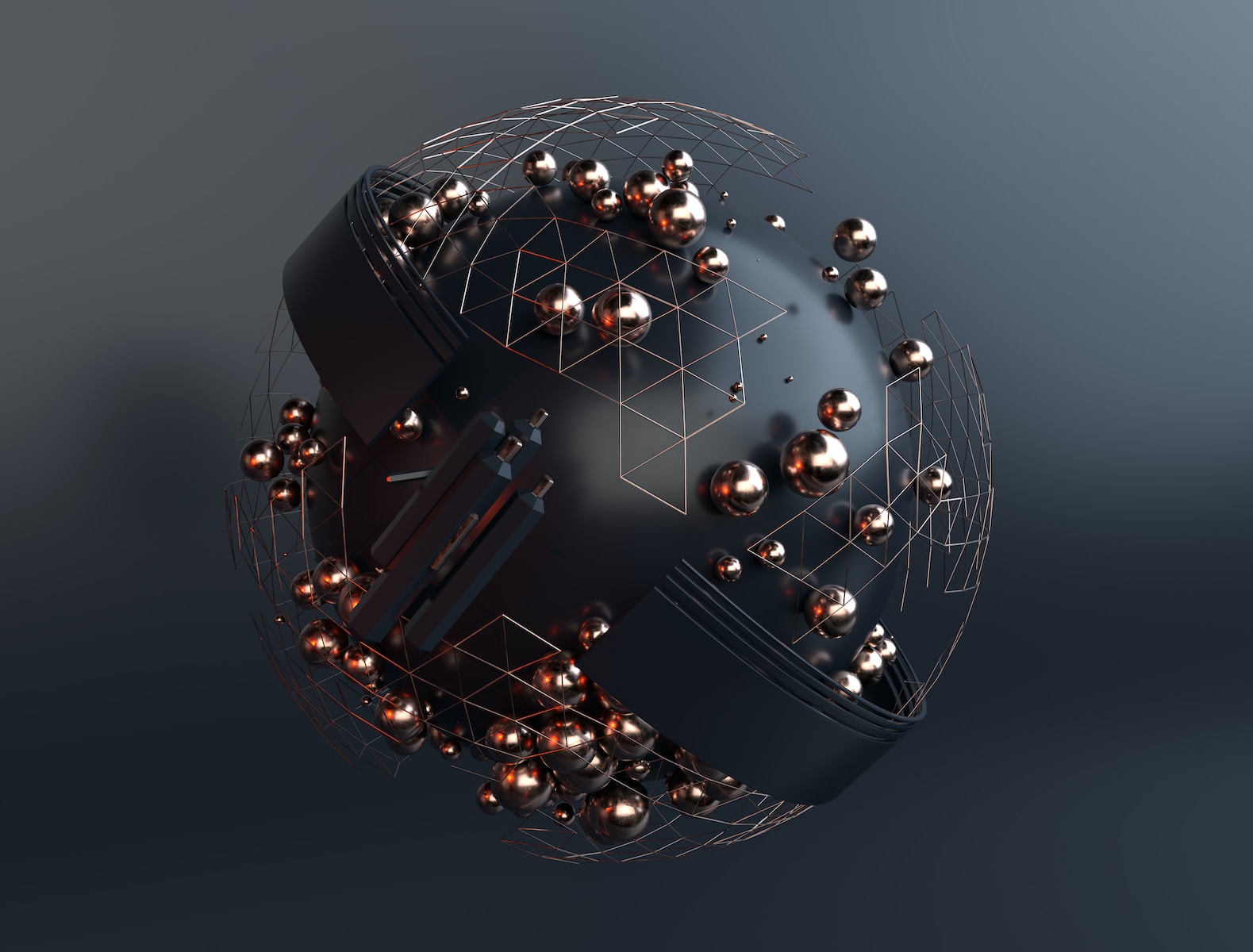

Got a Questions?
Find us on Socials or Contact us and we’ll get back to you as soon as possible.